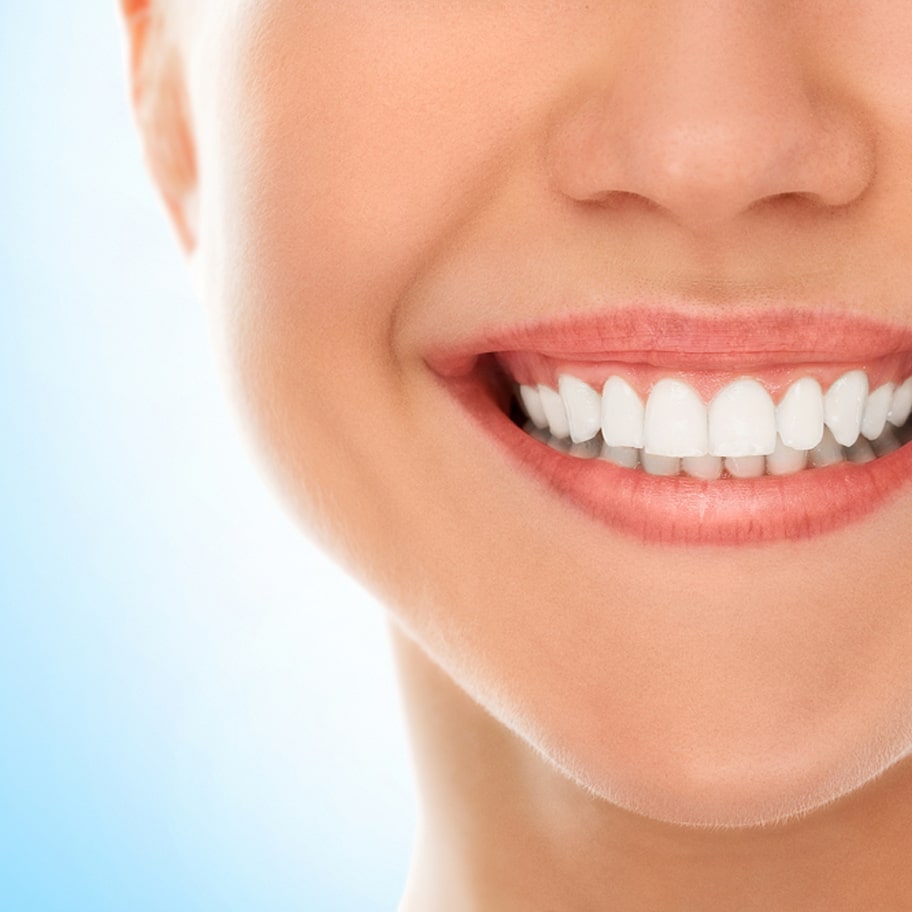Who is Liable?
If you have sustained some form of damage to your teeth as a result of negligence of another party you may be entitled to pursue legal action. Dental negligence may also play a part in tooth damage if treated by an inexperienced or negligent dentist. An important part of this claims process is determining who is liable for the cause of your injuries. This will vary depending on the circumstances in which they were sustained.
Type of Tooth Damage Claims*
Tooth Displacement (Dental Avulsion)
Tooth displacement occurs when a tooth is completely knocked out of its socket. There is a small window of opportunity whereby the tooth may be saved if the following steps are followed:
- Pick the tooth up by the crown – not by the roots.
- If dirty wash it under cold water – it is possible to replant the tooth in some cases, a good way to do this is to reposition it and bite down on a piece of cloth and hold it in position.
- If you cannot follow these steps, storage of the tooth is important – you can do this by keeping the tooth in a glass of milk or you can keep the tooth in your mouth until you reach the dentist or a container with saliva.
Loosened Tooth (Luxation)
A loosened tooth occurs where the tooth is not totally knocked out but is loose enough that it can be moved in different directions. It is important not to move the tooth around too much or too hard with your tongue as you risk it coming loose entirely. It is advisable to seek dental treatment immediately so it can be put back to its original position.
Tooth Fracture
A fracture in a tooth can come in a number of different ways. Tooth fractures can appear as:
- Lines – extremely small cracks in the enamel – usually do not cause any pain and don’t require treatment.
- Fractured cusp – a crack that usually occurs around a filling – may cause some light pain and require dental treatment
- Vertical crack that extends to the gum line – In cases where the crack reached the gum line, the tooth may need to be removed.
- Split tooth – a crack in the tooth that extends beyond the gum line – depending on the severity of the crack your dentist may need to extract the entire tooth
- Root fracture – these cracks start below the gum line and travel upwards – if not treated the tooth may become infected and it may need to be removed.
What are the Causes of Damaged Teeth Claims?
Dental Negligence
All dentists are obliged to practice dentistry to the highest of medical standards. Dental negligence claims arise when a person suffers an injury as a result of dental treatment or their appearance has been affected as a result of dental malpractice. This can leave the injured person with either temporary or permanent damage to their teeth. If it is found that a dentist has acted in a negligent manner and breached their duty of care then they may be found liable for any damage or injuries which have been caused. It is important to note that dental negligence can also occur during cosmetic dentistry procedures.
Malpractice cases include:
- Misdiagnosis of medical conditions, such as gum disease or oral cancer
- Delayed diagnosis of medical conditions, such as gum disease or oral cancer
- Incorrect tooth extraction
- Injury as a result of poor standard of dental work
- Performance of unnecessary dental procedures
- Severed nerve claim
- Poor standards of hygiene leading to infection
- Fractured Mandible claim
Road Traffic Accidents*
Dental injury occurring in a road traffic accident can either be direct or indirect injuries. Direct dental injuries occur when the mouth is stuck by some object during the accident causing the tooth to fall out or crack. Indirect dental injuries occur when the force of the car accident causes the mouth to shut abruptly which leads damage to the teeth.
The accidents occur, and claims are made when the accident is caused by a negligent third party. For example, where another person has broken the rules of the road. It is important to note that these claims can be made by drivers, passengers and pedestrians. As a passenger, you are also entitled to make a claim against the driver of the car in which you were travelling. There is a universal expectation that all road users will follow the rules of the road so when this is not done the chances of injuries being sustained becomes higher.
Causes of Tooth Damage
Accident at Work
Following a workplace accident, it is often the case where the employer who is found liable for any injuries which have been sustained by their employees -provided it is proven that the accident happened as a result of the negligence of the employer in some way.
Employers have a duty of care to their staff to ensure that their health and safety is a priority throughout the course of their work. Failing to do so could result in them being found liable for any accidents that have occurred. As part of this, they are required to carry out frequent risk assessments which will help them to both identify and eliminate any hazards which could lead to an injury being sustained by an employee. They are also required to provide adequate training and personal protective equipment (PPE) as this can help to reduce the number of accidents and injuries. Failing to do so is known as employer negligence.
Injuries
- Fractured teeth
- Tooth loosened by not fallen out
- Tooth fell or was knocked out
Causes of Tooth Damage
Accidents in a Public Place
In public places, whether it be shops, supermarkets, business premises, public parks, playgrounds or simply walking along a footpath, there is an expectation that the area would be relatively risk and danger free. In cases where the owner/occupier of a public place or business premises failed to uphold their duty of care and not provide a risk free environment and you can prove that your dental injury could have been avoided if the occupier had taken necessary steps to provide a hazard free environment, then you may be entitled to pursue legal action.
Causes of Tooth Damage
- Slip and fall on a wet floor in a shop/supermarket
- Trip and fall over uneven flooring
- Fall in a stairwell because of broken or inadequate handrails
- Tip and fall because of inadequate lighting
- Slip and fall on wet floor/broken glass in a pub or nightclub
- Tripping on a pothole or poorly maintained footpath
- Accidents in playgrounds and public parks

